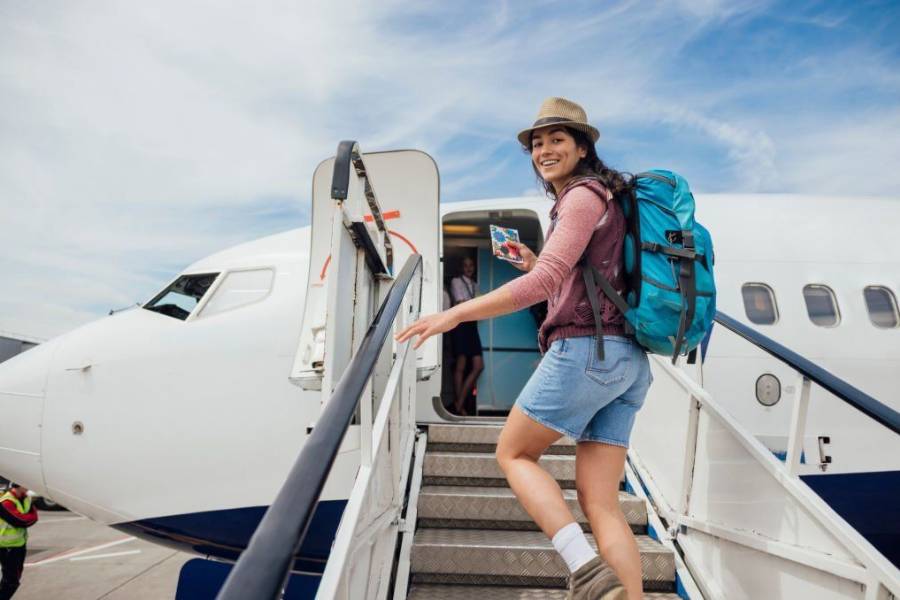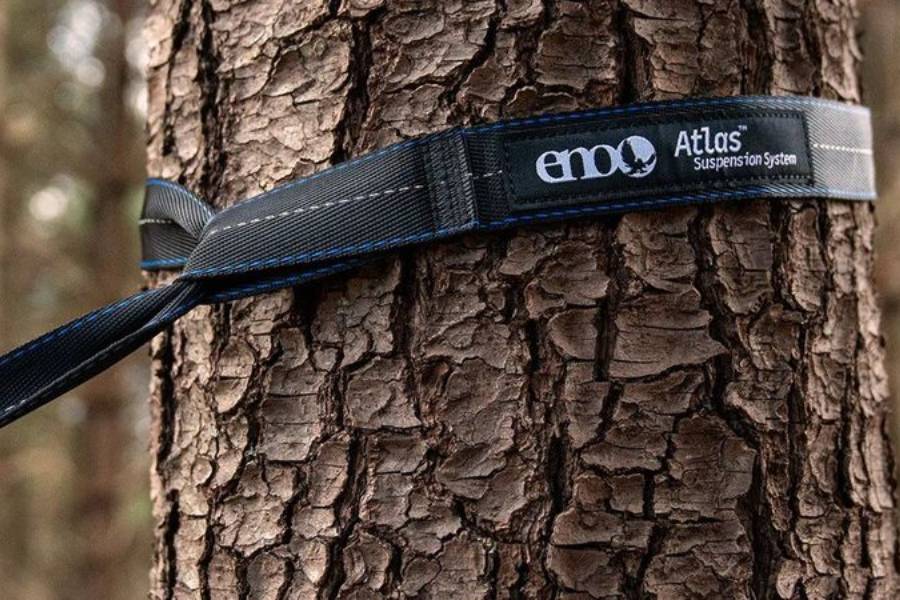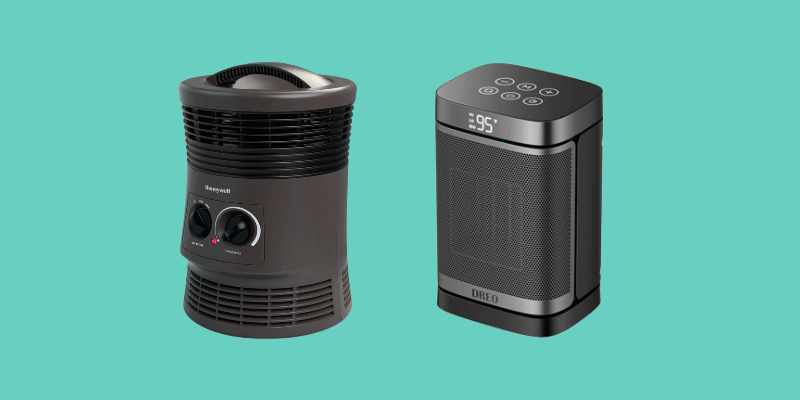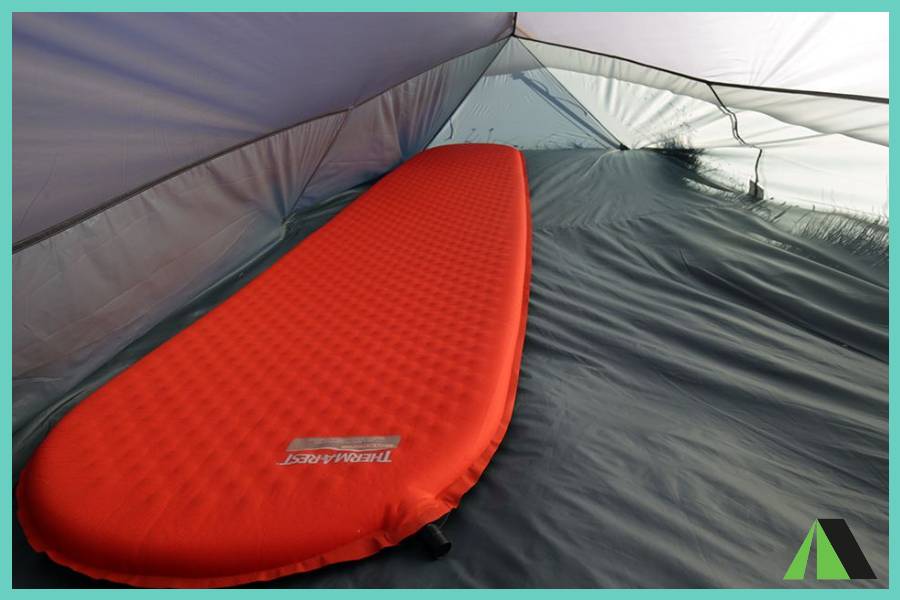How to Fly with Camping Gear

Flying to your favorite camping destination can be an exciting adventure, but it also requires careful planning when it comes to bringing your camping gear along. In this guide on “How to Fly with Camping Gear,” we’ll cover essential tips and considerations to ensure you pack efficiently and adhere to airline regulations. Whether you’re bringing tents, sleeping bags, cooking equipment, or hiking gear, this guide will help you navigate the challenges of air travel with your outdoor essentials, making your camping trip stress-free and enjoyable. And these insights will be invaluable for your next adventure.
Step 1: Research Airline Regulations
Before you start packing, familiarize yourself with the specific regulations of the airline you’ll be flying with. Visit the airline’s website or contact their customer service to understand their baggage policies, weight limits, and any restrictions on certain camping gear items. Make note of any prohibited items that are not allowed on board or in checked baggage.
Step 2: Assess Your Camping Gear Needs
Evaluate your camping gear needs based on the destination, duration, and type of camping you’ll be doing. Determine which items are essential and prioritize lightweight and compact options. Consider whether it’s more convenient to rent or purchase certain gear at your destination instead of bringing it with you.
Step 3: Make a Checklist
Create a comprehensive checklist of all the camping gear you’ll be taking with you. This will help you stay organized and ensure that you don’t forget any crucial items. Categorize the items into groups such as shelter, sleeping gear, cooking equipment, clothing, and personal items.
Step 4: Pack Strategically
When packing your camping gear, focus on maximizing space and weight efficiency. Here are some tips:
- Opt for a backpack or duffel bag: Choose a bag that is suitable for both carry-on and checked baggage. Backpacks or duffel bags with multiple compartments and compression straps are ideal for organizing and compacting your gear.
- Pack gear in layers: Start with the larger and heavier items at the bottom of your bag, such as tents and sleeping bags. Place smaller and lighter items on top, utilizing any available gaps to fit them snugly.
- Utilize vacuum bags or compression sacks: These can help reduce the bulk of items like clothing, sleeping bags, and jackets, allowing you to pack more efficiently.
- Disassemble and separate gear: If possible, disassemble larger camping gear, such as tent poles, and pack them separately to save space. Keep items that need to be accessed easily, like toiletries or snacks, in a separate compartment or small bag for convenience.
Step 5: Check Weight and Size Restrictions
Weigh your packed camping gear to ensure it meets the airline’s weight restrictions for both carry-on and checked baggage. Additionally, measure the dimensions of your bags to confirm they comply with the airline’s size limits. Be aware that overweight or oversized bags may incur additional fees.
Step 6: Secure Fragile and Valuable Items
Protect delicate and valuable camping gear by wrapping them in clothing or using padded cases. Fragile items like cookware or electronics should be placed in the middle of your bag, surrounded by soft items for cushioning.
Step 7: Prepare for Security Checks
When going through airport security, some camping gear items raise concerns or require special handling. To streamline the process:
- Separate liquids and sharp objects: Pack camping fuel, lighters, and any other flammable liquids or sharp tools in your checked baggage to comply with security regulations. Keep in mind that restrictions on liquids apply to both carry-on and checked bags.
- Declare any necessary items: If you have items like trekking poles or multi-tools in your carry-on, inform the security officers during the screening process to avoid delays or confiscation.
- Be ready for bag inspections: Prepare to have your bags inspected by security officers, particularly if you have electronic equipment or dense items that appear suspicious on the X-ray scanner.
Step 8: Consider Shipping or Renting gear
Depending on your travel plans and the availability of camping gear at your destination, you can choose to ship or rent certain items instead of bringing them on the flight. It will be more convenient and cost-effective.
FAQs – Flying with Camping Gear
Can I bring camping fuel or propane canisters on a flight?
Most airlines prohibit flammable materials, including camping fuel and propane canisters, in both carry-on and checked baggage due to safety regulations. It’s best to check with your airline beforehand and consider purchasing fuel or canisters at your destination.
Can I bring my camping knife or multi-tool in my carry-on bag?
Sharp objects, including knives and multi-tools, are generally not allowed in carry-on baggage. These items should be packed in checked baggage to comply with security regulations. Remember to declare them to security officers during the screening process.
Are there any weight restrictions for camping gear in checked baggage?
Yes, airlines typically have weight restrictions for checked baggage. The specific limit varies by airline and ticket type. Check with your airline to determine the maximum weight allowed for your checked bags and ensure your camping gear stays within that limit.
Can I bring my camping stove on a flight?
Camping stoves that use liquid fuel or have residual fuel odor are generally not allowed in carry-on or checked baggage due to the flammable nature of the fuel. However, small portable stoves that use solid fuel tablets or are designed for backpacking may be allowed. Check with your airline for their specific regulations.
Can I bring my camping tent as a carry-on item?
Most camping tents are too large to fit within the dimensions allowed for carry-on baggage. Tents are typically considered oversized and should be checked in. However, it’s best to verify the size restrictions with your airline as they vary.
Is it better to ship my camping gear or rent it at my destination?
The decision to ship or rent camping gear depends on various factors such as the cost, convenience, and availability of gear at your destination. If you have specific requirements or prefer using your own gear, shipping might be a suitable option. However, renting can save you from the hassle of packing and transporting gear.
What should I do if my camping gear is damaged during the flight?
If your camping gear is damaged during the flight, report the issue to the airline’s baggage service office immediately. They will provide guidance on the appropriate steps to take, such as filing a claim or seeking compensation for the damaged items.
Are there any restrictions on bringing insect repellent or sunscreen?
Insect repellent and sunscreen are subject to the restrictions on liquids in carry-on baggage. These items must be packed in containers of 3.4 ounces (100 milliliters) or less and placed in a clear, quart-sized plastic bag. Alternatively, you can pack them in your checked baggage without size limitations.
Are there any specific regulations for flying with camping gear internationally?
International travel involves additional regulations and customs requirements for camping gear. It’s crucial to research the specific rules and restrictions of your destination country, including any limitations on certain camping gear items. Contact the embassy or consulate of your destination country for the most accurate and up-to-date information.
Conclusion
As we have seen, flying with camping gear requires careful planning, organization, and adherence to airline regulations. By following the steps outlined in this guide, you can successfully navigate the process of flying with your camping gear.
Remember to research airline regulations, choose lightweight and compact gear, pack strategically, and prepare for security checks. Consider shipping or renting gear if it’s more convenient or cost-effective. Finally, familiarize yourself with international travel regulations if you’re flying with camping gear abroad.
Happy camping!






